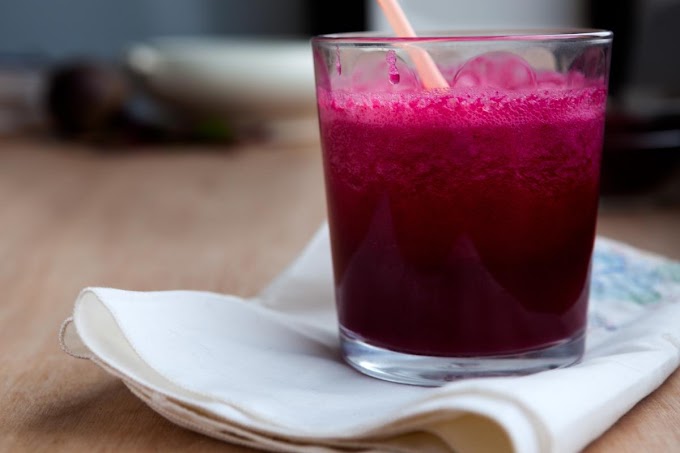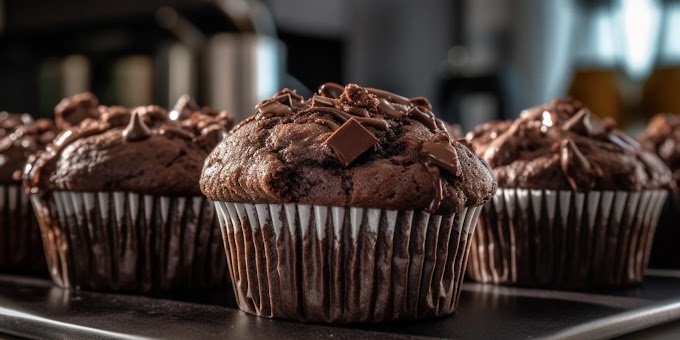Baking a cake can be an exciting yet daunting task, especially if it's your first time. The process involves more than just following a recipe; it requires understanding the science of baking, being mindful of the details, and knowing how to avoid common pitfalls. Whether you're baking for a special occasion or just for fun, these tips will guide you to success and help you bake a delicious cake that will impress everyone.
1. Read the Recipe Thoroughly Before Starting
One of the most common mistakes beginners make is not reading the recipe all the way through before starting. A cake recipe is a roadmap, and understanding each step is crucial to avoid surprises midway through the process. Make sure you have all the ingredients and equipment required, and familiarize yourself with the steps. This will help you organize your time and make the baking process smoother.
2. Measure Ingredients Accurately
Baking is a science, and precision is key. Unlike cooking, where you can often improvise, baking requires exact measurements to achieve the desired texture and taste. Use a kitchen scale for dry ingredients and liquid measuring cups for wet ingredients. Make sure to level off the ingredients in your measuring cups to avoid adding too much or too little, which can throw off the balance of your cake.
3. Bring Ingredients to Room Temperature
For most cake recipes, ingredients like butter, eggs, and milk should be at room temperature. Cold ingredients can cause the batter to curdle or not mix evenly, resulting in a dense or uneven cake. To bring eggs to room temperature quickly, you can place them in a bowl of warm water for a few minutes. Similarly, cut the butter into small pieces and let it sit out for 20-30 minutes before starting.
4. Use the Right Baking Tools
Having the right tools can make a big difference in the outcome of your cake. Invest in a good set of mixing bowls, a hand or stand mixer, a rubber spatula, and a few different sizes of cake pans. Make sure your pans are the correct size specified in the recipe, as using the wrong size can affect the baking time and the cake’s texture.
5. Preheat Your Oven
Always preheat your oven before you start mixing the cake batter. Most recipes require the oven to be at a specific temperature before the cake goes in. An improperly preheated oven can lead to uneven baking, where the outside of the cake cooks too quickly and the inside remains undercooked. Invest in an oven thermometer to ensure your oven is at the right temperature, as sometimes ovens can be off by a few degrees.
6. Don’t Overmix the Batter
Mixing the batter too much can lead to a dense and tough cake. Once you’ve added the flour, mix the batter just until everything is combined. Overmixing activates the gluten in the flour, which can cause the cake to lose its light and fluffy texture. Use a gentle hand when folding in dry ingredients and stop mixing as soon as the batter is smooth.
7. Prepare Your Cake Pans Properly
One of the worst things that can happen is baking a perfect cake only to have it stick to the pan. To prevent this, make sure to properly grease and flour your cake pans. You can use butter or a non-stick spray, then dust the pan with flour, tapping out the excess. Alternatively, you can line the bottom of the pan with parchment paper for easy removal.
8. Be Mindful of Baking Time and Temperature
Every oven is different, so the baking time in the recipe is just a guideline. Start checking your cake a few minutes before the suggested time. Use a toothpick or cake tester to check for doneness; it should come out clean or with just a few crumbs attached. If the cake is browning too quickly on top but still undercooked inside, you can cover it loosely with aluminum foil to prevent it from burning.
9. Cool the Cake Properly
Once your cake is done baking, resist the urge to take it out of the pan immediately. Let it cool in the pan on a wire rack for 10-15 minutes before turning it out onto the rack to cool completely. Removing the cake too soon can cause it to break or crumble. Also, avoid frosting the cake until it’s completely cool, as the heat can melt the frosting and make it runny.
10. Practice Patience
Baking is an art that requires patience. Rushing through the process or skipping steps can lead to mistakes. Take your time, especially when measuring ingredients and mixing the batter. Follow the recipe carefully, and don’t be afraid to make adjustments if something doesn’t seem right. Remember, practice makes perfect, and with each cake you bake, you’ll gain more confidence and skill.
11. Experiment with Flavors and Decorations
Once you’ve mastered the basics, don’t be afraid to get creative. Experiment with different flavors, fillings, and frostings. You can add a personal touch to your cakes with unique decorations, such as fresh fruits, edible flowers, or themed cake toppers. Just remember to balance the flavors so that they complement each other, rather than overpowering the cake.
12. Learn from Mistakes
Not every cake will turn out perfectly, especially when you’re just starting out. If something goes wrong, don’t get discouraged. Baking is a learning process, and each mistake is an opportunity to improve. Take notes on what worked and what didn’t, and apply those lessons to your next baking adventure. Over time, you’ll develop a better understanding of the baking process and be able to troubleshoot issues more effectively.
13. Have Fun!
Above all, remember that baking should be fun. Don’t stress too much about perfection, especially if it’s your first time. Enjoy the process of creating something from scratch, and share your cake with friends and family. Even if it doesn’t turn out exactly as you envisioned, the experience of baking and the joy it brings to others is what truly matters.
Conclusion
Baking a cake for the first time can be a rewarding experience if you approach it with the right mindset and preparation. By following these tips, you’ll increase your chances of success and create a cake that not only looks great but tastes delicious. So grab your apron, preheat the oven, and start baking! With a little practice and patience, you’ll be well on your way to becoming a confident and skilled baker.








Social Plugin